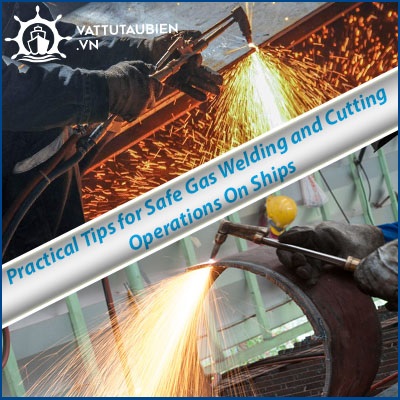How to Use Turnbuckle ? A Look at the Types, Parts, Installation, and Uses...
Turnbuckles are a diverse product line that are used in a variety of applications across many different industries. They can be used in applications as simple as providing tension in a fence or perimeter cable, or something as complicated as the construction of a suspension bridge.
The center handle of the turnbuckle has two female threads, a right hand thread and a left hand thread. Into these female threads fits a male screw. On the ends of the male screw is a round metal eye. Into the eye, the fixed cable is secured with a cable clamp.
Like other rigging hardware products, turnbuckles are available in many different sizes, configurations, and types. We realize that there aren’t a lot of available resources out there to educate you on turnbuckles, especially if you aren’t already familiar with them.
Ensuring you are using and selecting the right device is important to maintaining a safe and effective rigging program. We want to make sure you have the information necessary to help you determine the right type of turnbuckle for your application-or whether you should be using a turnbuckle in the first place.
There are three main types of end fittings that can be used together in any combination on either end of the turnbuckle:
Turnbuckle Hook & Hook fitting is used to create temporary connections because they are easy to quickly connect and disconnect. They should never be used in connections where tension could unexpectedly release.
Turnbuckle Jaw & Jaw fitting consists of a jaw and bolt secured together by a nut or a pin. These are used to connect to components that cannot be opened, such as an eye bolt.
Turnbuckle Eye & Eye fitting is a closed loop that can be connected to a shackle or quick link.
Turnbuckles can be used for something as simple as a fence or as complicated as a suspension bridge. Some industries that commonly use turnbuckles are:
- Sports and entertainment – turnbuckles are used to act as a securement point and to create tension in the ropes surrounding a wrestling or boxing ring. You can’t see them, of course, since they are covered in soft material for the athletes’ safety!
- Maritime transport – turnbuckles are commonly used to tension a ship’s lashing and rigging components.
- Construction – turnbuckles are often used to provide tension support for suspension bridges, large buildings, and highway guardrail cable assemblies.
- Aviation – cables and wires present within the construction of an aircraft—wings, flight control systems, etc—are tensioned by turnbuckles.
Installation of Turnbuckles :
Proper installation of any type of rigging equipment is essential to maintaining safe and effective applications—turnbuckles are no different. Installing a turnbuckle is a rather straightforward process, here are the steps:
- Unscrew end fittings from the body until completely extended to the full take-up length
- Connect end fittings on either end to desired securement point
- For an eye end fitting, simply loop it through whatever securement point it will be connected to (shackle, quick link, etc.)
- For a hook end fitting, simply loop the hook around whatever point it will be [temporarily] secured to (thimble, shackle, etc.)
- For a jaw end fitting, unscrew the bolt from the jaw, place the securement point between the clevis ears (thimble, eye bolt, etc), place the bolt through, and screw it shut.
- Rotate the turnbuckle to move the end fittings closer together until you reach the desired tension in the rope or cable.
- Tighten nuts—if you are using them—down to the body.








